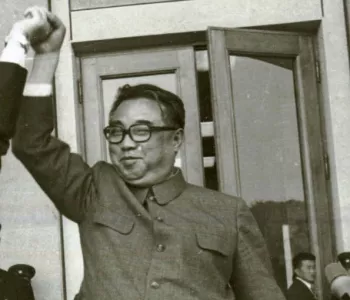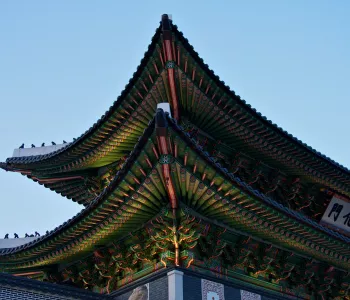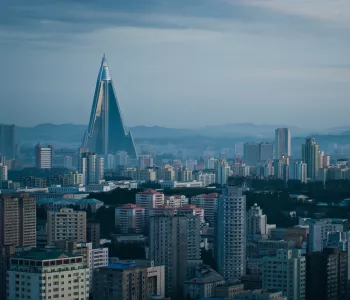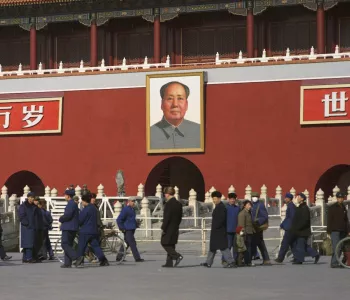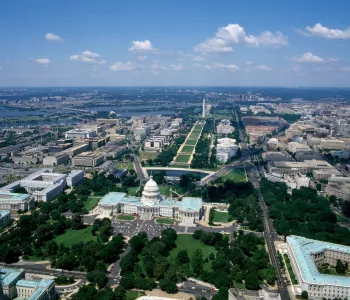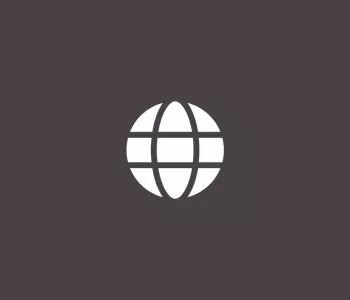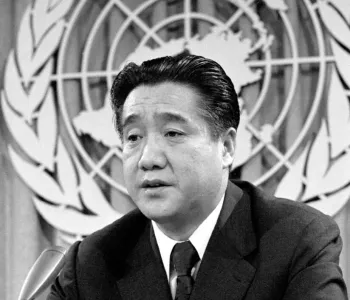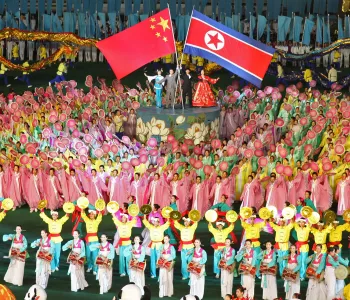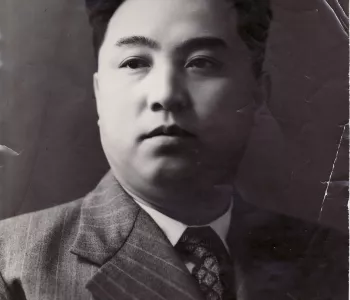d'Vinci

Jang, Myeon (Chang Myon) 1899- 1966
When the First Republic fell and the National Assembly adopted a new constitution in August 1960, Jang was chosen as prime minister.

JANG MYEON (1899-1966). Educated in the United States, Jang taught at a secondary commercial school during the Japanese colonial period. Following the liberation of Korea in 1945, he served as a member of the Representative Democratic Connell
and a member of the South Korean Interim Legislative Assembly. He was elected to the Constituent Assembly in May 1948 as a moderate nationalist. Jang was sent to the United States by President Syngman Rhee as ambassador in 1949. In 1950 he served as head of the South Korean observer mission to the United Nations. After serving as prime minister in 1951 , he resigned from the post and became a prominent opposition leader, forming the Democratic Party in 1955 in cooperation with Shin Ik-hui. Elected in 1956 as vice president of the Republic, Jang was shot and slightly wounded by a would-be assassin in September, in one of many political assassination and assassination attempts during this period.
Jang was nominated by the Democratic Party as vice presidential candidate for the March 1960 presidential elections, but was defeated. In the heat of the April 1960 Student Uprising, Jang resigned the vice presidency although his term of office did not expire until May. When the First Republic fell, and the National Assembly adopted a new constitution, in August 1960 Jang was chosen as prime minister by the National Assembly. The Military Revolution of 16 May 1961 forced him to resign on 18 May 1961. Jang was purged by the military junta and retired from politics.
All rights reserved. No portion of this publication may be reproduced, stored in a retrieval system, or transmitted in any form by any means, electronic, mechanical, photocopying, recording or otherwise without the prior written permission of the publisher. (Historical Dictionary of the Republic of Korea, by Andrew C. Nahm and James E. Hoare, published by RLPG Books, appears by permission of the author and publisher).
and a member of the South Korean Interim Legislative Assembly. He was elected to the Constituent Assembly in May 1948 as a moderate nationalist. Jang was sent to the United States by President Syngman Rhee as ambassador in 1949. In 1950 he served as head of the South Korean observer mission to the United Nations. After serving as prime minister in 1951 , he resigned from the post and became a prominent opposition leader, forming the Democratic Party in 1955 in cooperation with Shin Ik-hui. Elected in 1956 as vice president of the Republic, Jang was shot and slightly wounded by a would-be assassin in September, in one of many political assassination and assassination attempts during this period.
Jang was nominated by the Democratic Party as vice presidential candidate for the March 1960 presidential elections, but was defeated. In the heat of the April 1960 Student Uprising, Jang resigned the vice presidency although his term of office did not expire until May. When the First Republic fell, and the National Assembly adopted a new constitution, in August 1960 Jang was chosen as prime minister by the National Assembly. The Military Revolution of 16 May 1961 forced him to resign on 18 May 1961. Jang was purged by the military junta and retired from politics.
All rights reserved. No portion of this publication may be reproduced, stored in a retrieval system, or transmitted in any form by any means, electronic, mechanical, photocopying, recording or otherwise without the prior written permission of the publisher. (Historical Dictionary of the Republic of Korea, by Andrew C. Nahm and James E. Hoare, published by RLPG Books, appears by permission of the author and publisher).

